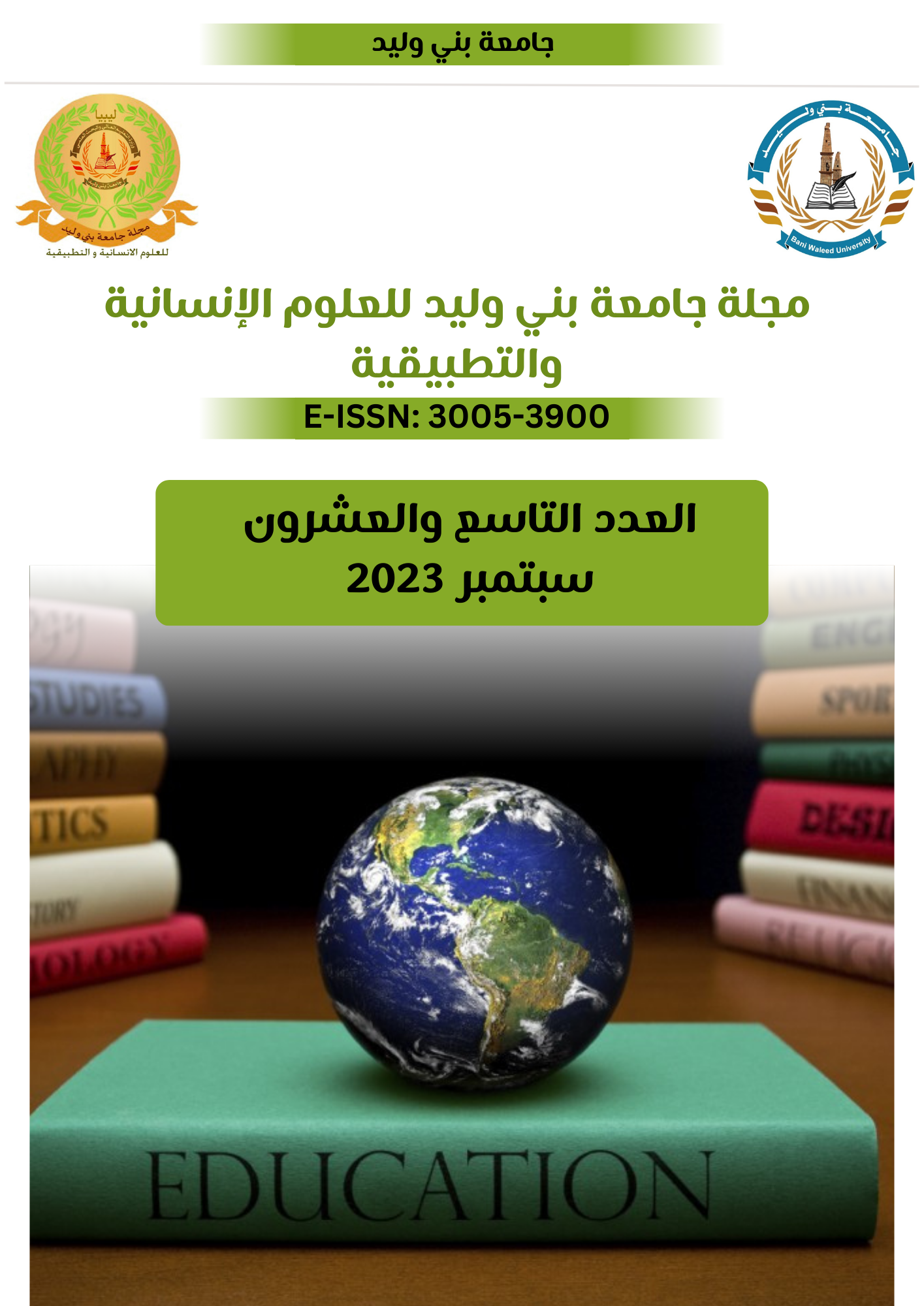Design and Development of Smart Communication Systems based on Olive Tree Information for Smart Agriculture
DOI:
https://doi.org/10.58916/jhas.v8i4.20الكلمات المفتاحية:
precision olive growing.الملخص
Data for smart agriculture is derived from various sources, including meteorological and geological maps, as well as a wide range of sensors and mobile devices (such as smart tractors , drones and smartphones). Fixed sensors are often used in crop fields to monitor soil moisture and mineral composition, whereas sensors built into mobile agricultural equipment can detect water stress , pest attack , or disease .Once the data has been collected locally for the farm, it is aggregated/pre -processed locally on low - cost edge nodes before being transferred to the cloud infrastructure . Context-aware data collection allows the mobile collector to adapt its strategy dependent on the context of the domain under observation . Process - based crop models are algorithms that dynamically describe ( typically in daily time steps ) the evolution of a crop from planting to harvest based on its surroundings . An integrated systems proposal is developed in this study to use information and communication technologies to design systems that aid in improving and managing olive tree cultivation in a more intelligent and effective manner, based on collecting and analyzing information related to the olive tree, such as the state of growth, humidity, the need for fertilization, irrigation and the condition of Diseases and pests using wireless sensors and artificial intelligence. The proposed system for the application of smart agriculture in the cultivation of olive trees is based on wireless measurements and sensors that can identify the environmental and climatic conditions, as well as the reproduction of pests that affect olive trees and based on these measurements, artificial intelligence is used to predict tree growth rates and issue recommendations that determine the best methods to develop irrigation and fertilization systems, as well as early warning systems.














